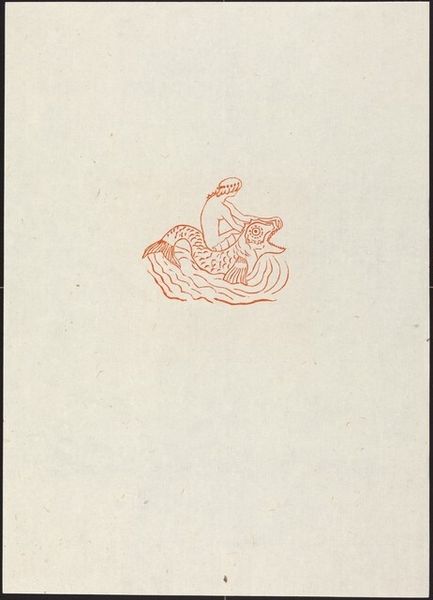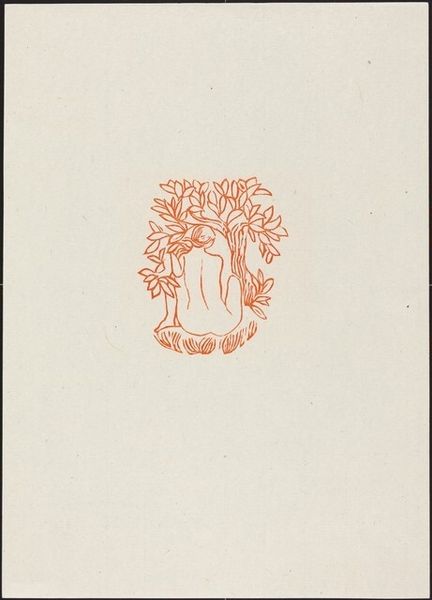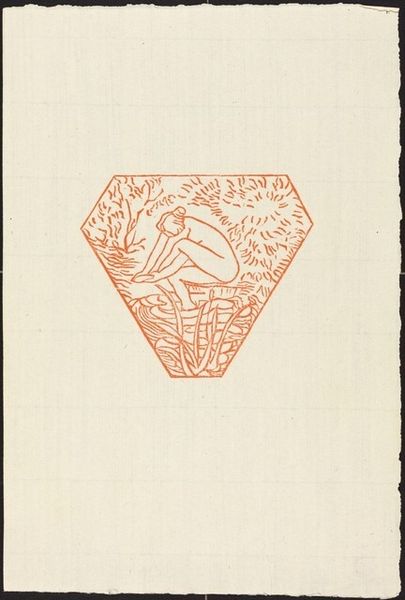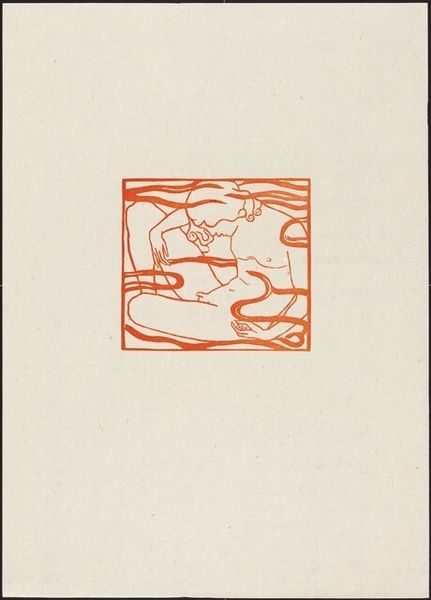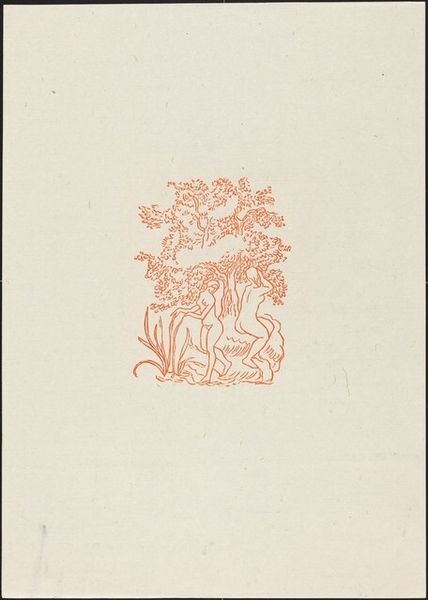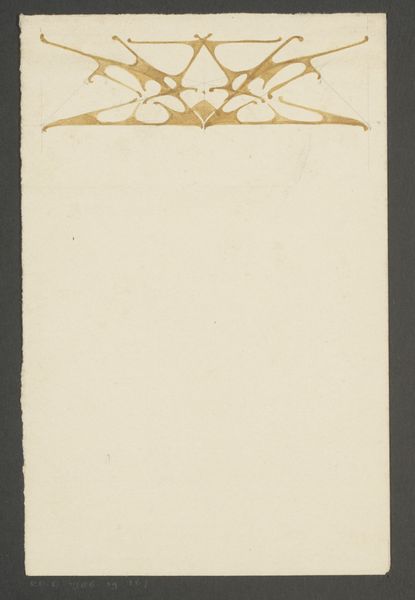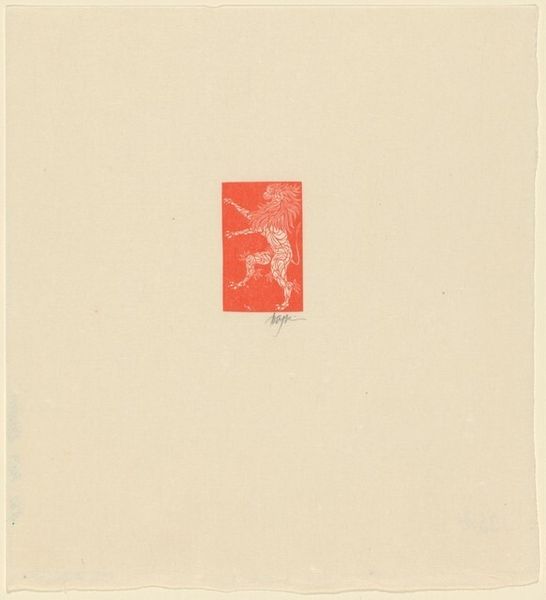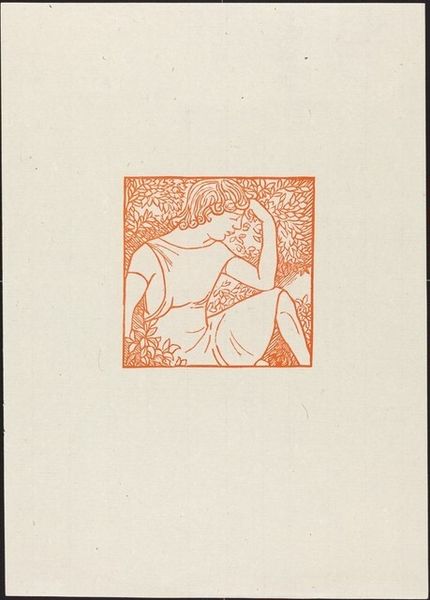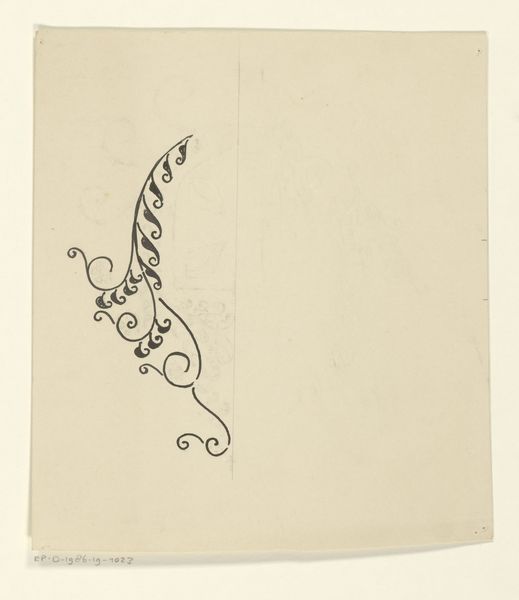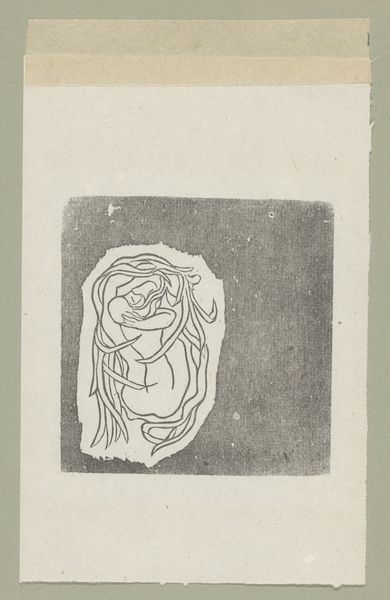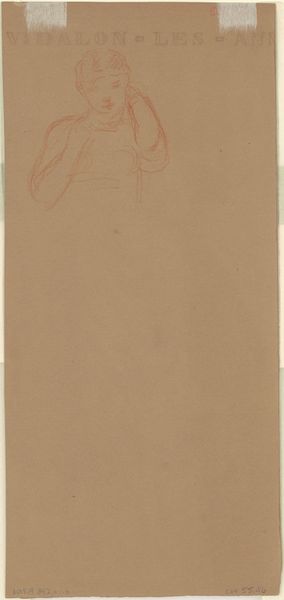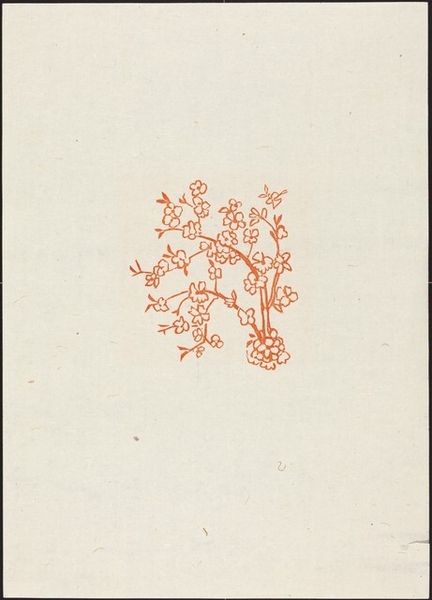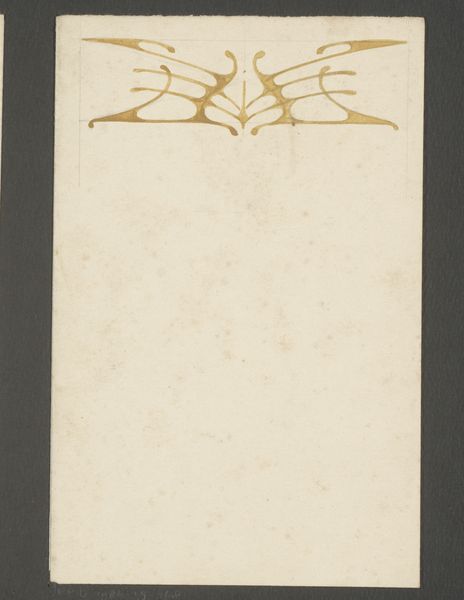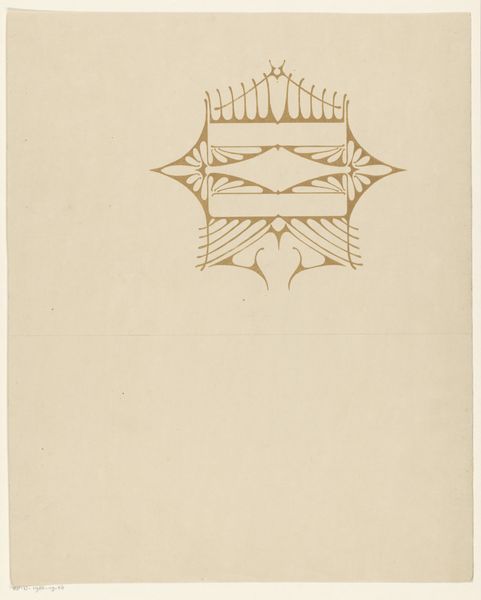
First Book: Chloe Bathing (Chloe au milieu des roseaux) Possibly 1937
0:00
0:00
Copyright: National Gallery of Art: CC0 1.0
Curator: Aristide Maillol's "First Book: Chloe Bathing," potentially from 1937, employs a linocut print technique, a choice that seems to resonate deeply with the themes explored within. Editor: There's a remarkable fluidity to the composition, isn't there? Despite the relative simplicity of the medium, the use of line creates a sensuousness and an atmosphere that feels both intimate and timeless. The monochromatic approach intensifies this focus on pure form. Curator: Absolutely. Maillol, through his dedication to the classical nude form, particularly highlights female beauty but without idealizing it in the traditional academic sense. It feels raw. In his choice of "Chloe," taken from Longus' pastoral romance Daphnis and Chloe, he's engaging in a long lineage of artistic fascination with rural and natural beauty, filtered through a lens of classical literature. Editor: Yes, the surrounding reeds function almost like a frame, drawing the eye into the central figure, while also hinting at themes of concealment and revelation. What strikes me, thinking structurally, is the negative space-- the off-white background. The stark contrast contributes to the dynamism. Curator: Right, and considering the period, the linocut is incredibly relevant. We have Maillol revisiting and reframing classical myths at a time when modern anxieties were fundamentally questioning traditional values. He creates these very serene images almost as an assertion or a refuge. Editor: You can sense that push and pull. There's tension between the simplicity of line and the complexity of the emotion the scene evokes. The vulnerability captured is palpable. Curator: I'm particularly struck by how Maillol challenges normative modes of looking. He situates Chloe within this specific socio-historical discourse about female visibility and agency, and that ultimately enhances its artistic value and emotional impact. Editor: It's certainly a thought-provoking intersection of technique and symbolism. The artwork prompts contemplation, even after just a brief examination. Curator: I agree completely. Hopefully, visitors are left thinking about the power of classical allusions and of the social constructions surrounding art and life.
Comments
No comments
Be the first to comment and join the conversation on the ultimate creative platform.
